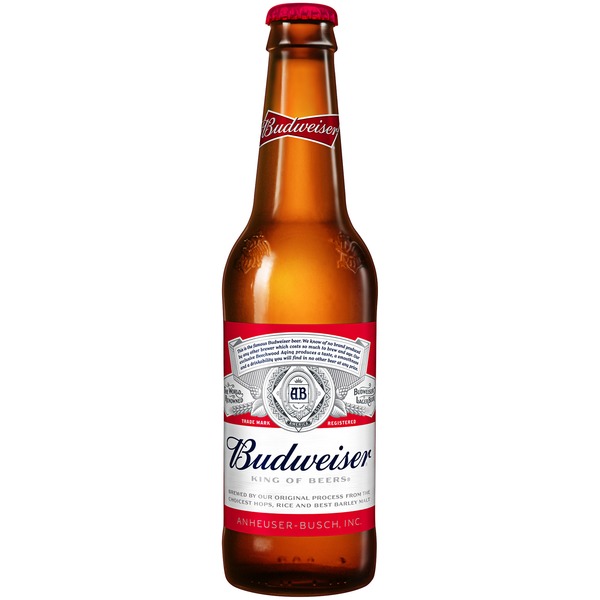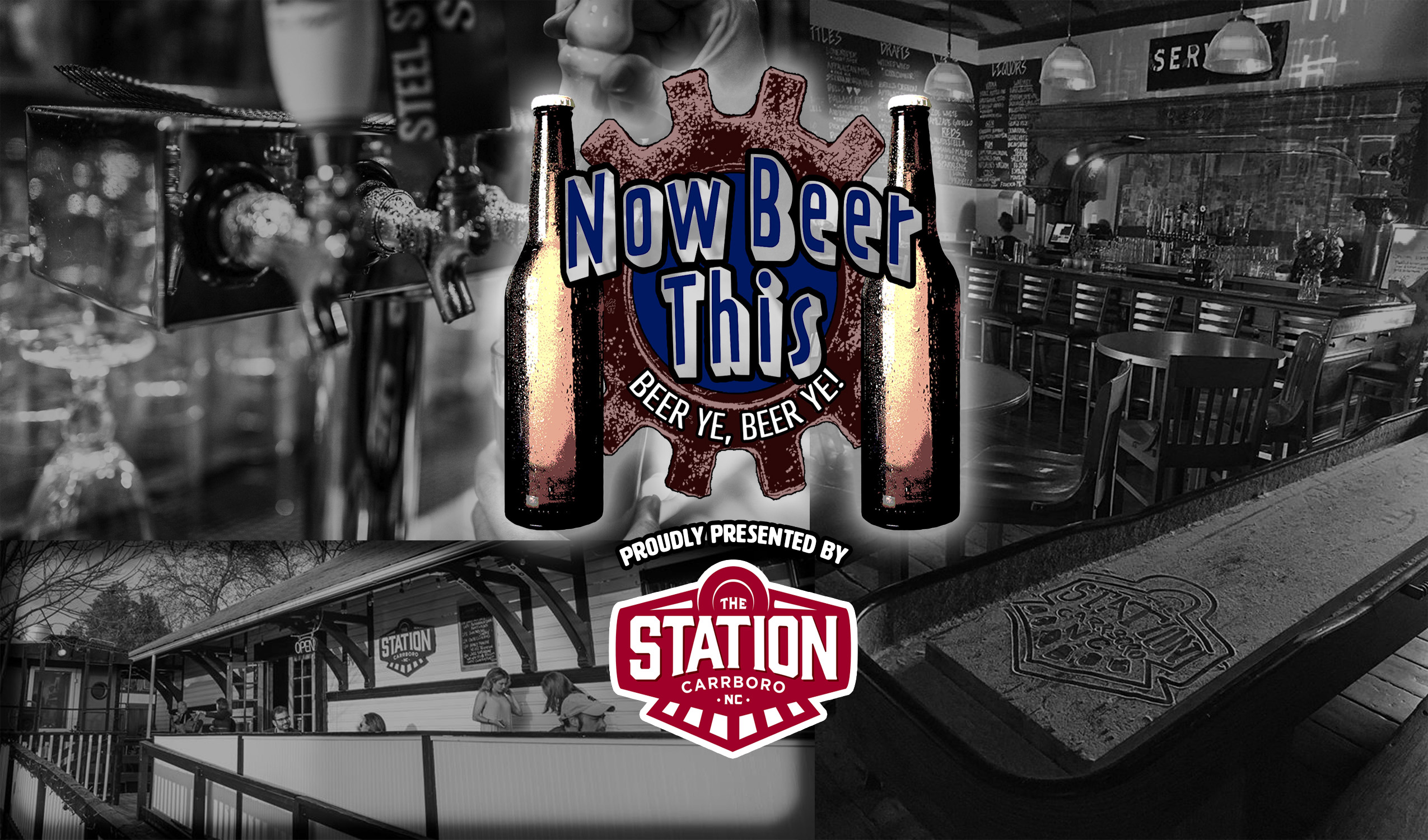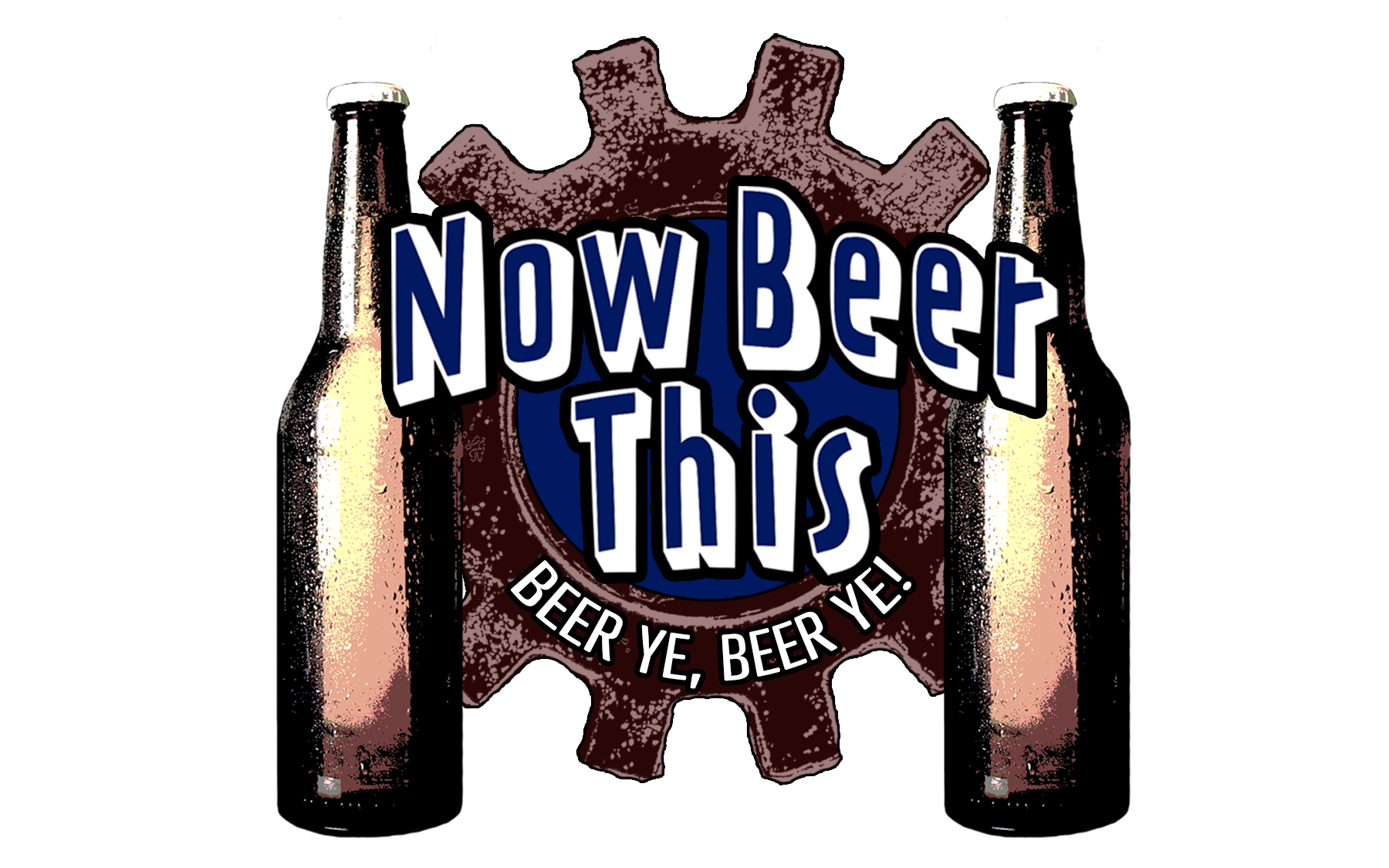Are lagers a bad thing?
The quick and easy answer is “no.” But lagers have an unfortunate association in America with mass-produced, industrial beers that make beer nerds — and thoughtful people in general — somewhat suspect of the style. The craft beer revolution really came about due to dissatisfaction with the modern American industrial lager, which sadly gave the style a “non-craft” sort of reputation. But does that mean lagers are bad beer? Nope. Let’s talk about why.
First, what the hell is a lager? You can look at beers as generally being one of two types: lagers or ales. This characterization is determined by yeast type and temperature of manufacture. Lagers use a particular species of brewers’ yeast (saccharomyces pastorianus) that prefers cooler fermentation temperatures than its cousin, the versatile “ale” yeast. After this cooler fermentation, lagers are generally stored for several weeks at even cooler temperatures. This process makes for very clean-tasting beers. That means that the beer’s flavor tends to be almost exclusively based on the malt and hops, as opposed to yeast byproducts that give ales their various flavors. From a brewing perspective, lagers are tricky to make; brewers often say that lagers give you nowhere to hide mistakes the way ales do. For that reason, while we may not enjoy the American industrial lager all that much, it is fairly impressive that they are able to make them in such volume so consistently.
Now for the fun stuff… I grabbed 4 random lagers for a quick tasting. Here are my thoughts:
Budweiser
Yes! I did it! I write about craft beer and I’m reviewing Budweiser. I do what I want to do, so back off. #suchaniconoclast.
Appearance: It’s drug test day!
Aroma: Pretty corny. I believe Bud uses corn (an adjunct grain, as opposed to straight malted barley which is more common in craft beer), so this could be the cause. But DMS is a chemical byproduct of sometimes less-than-perfect brewing practice, and that makes a corny smell, too. DMS is sometimes considered a desirable thing with some lagers. But does it matter?
Flavor: Is there any malt in this? There’s just a tinge of malt sweetness followed by a powerful, but style appropriate, hop bitterness. Still, it’s pretty easy to drink.
Would I drink it again? Only in a pinch.
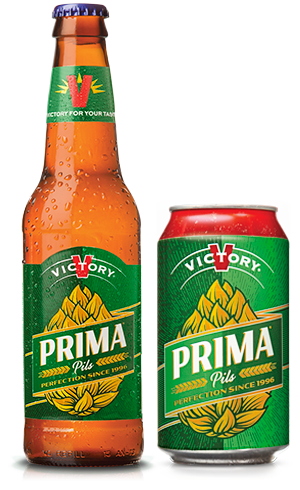 Victory Prima Pils
Victory Prima Pils
This comes to us from our friends in Pennsylvania. Victory makes pretty amazing beers, so I was stoked to try this one.
Appearance: Pale golden, minimal white head, less effervescent than expected.
Aroma: Promise of Pils malt (a light bready scent), subtle noble hops
Flavor: Leans toward bitter, but with a reasonable balance of cracker-y malt sweetness to counter.
Would I drink it again? For sure. This is a solid lawnmower beer. Infinitely quaffable, but not super impressive in flavor.
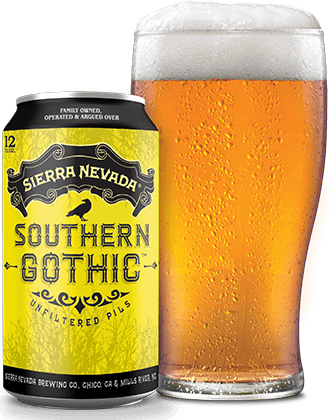 Sierra Nevada Southern Gothic Pils
Sierra Nevada Southern Gothic Pils
Sierra Nevada is the godfather of craft, and generally makes fantastic products, so once again, I figured if anyone can make a good lager, these guys could.
Appearance: Cloudy golden (this is unfiltered, so the cloudiness is on purpose)
Aroma: A slight hint of corniness, clean malt aroma, just a touch of hops.
Flavor: This one is like the Prima, but more flavorful. More cracker-like malt, bordering on biscuity. More hop bitterness.
Would I drink it again? Heck yeah. I love flavor, and this has more than the other offerings so far.
 Founders Trigo Hoppy Wheat Lager
Founders Trigo Hoppy Wheat Lager
This one from Founders was a completely random choice, and deviated from the Pilsner style a bit, but I threw it in the mix for fun.
Appearance: Not as cloudy as the SN, but similar.
Aroma: Resin-y American hops all over the place.
Flavor: Biscuit-y malt sweetness in the forefront, nice hop bitterness as background. The aroma influences the flavor, and I’d be willing to bet this was mostly late-addition hops, hence the flavor and aroma over bitterness.
Would I drink it again? For sure! This was my favorite of the group due to that wonderful American hop aroma.
This is just a bare smattering of what you can get into with lagers. I’ve only touched the surface, and you should seek out more. There are malty ones, roasty ones, smoked ones, high ABV, low ABV, more bitter/less malt, vice versa. They’re all over the place — and they’re great beers.
Lagers are not bad beer. Not by a long shot. Like anything, they can get into the wrong crowd and get a bad rap, but lagers bring a lot to your beer-drinking experience. Don’t exclude them. Seek them out, broaden your horizons, and above all, drink good beer. Cheers!


